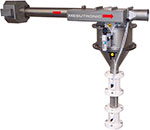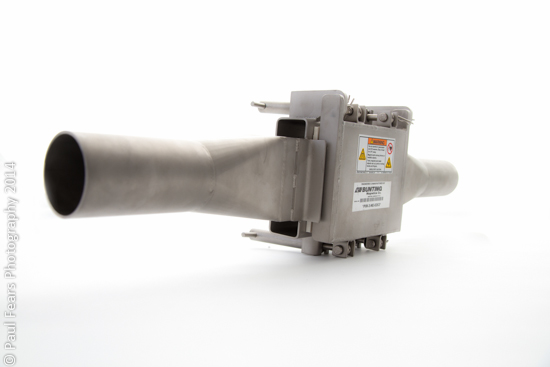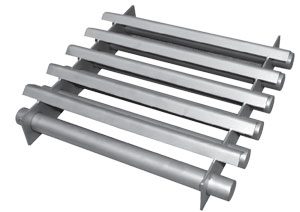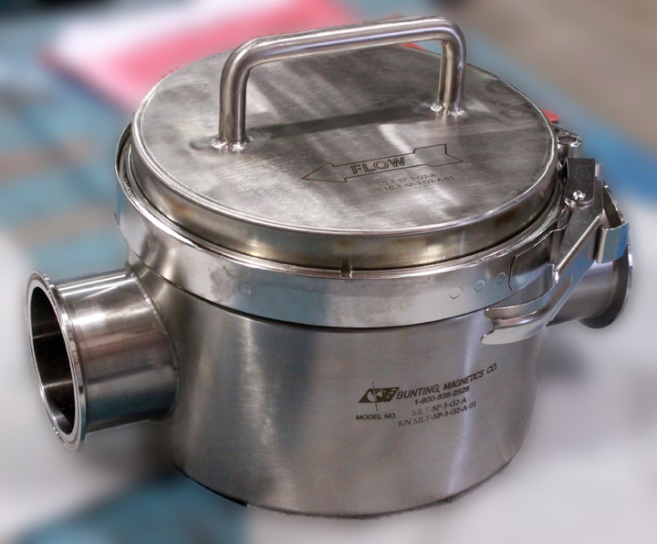Get in touch with us at our toll-free number 1-800-835-2526 or request a quote here:
Getting Metal Out of Beer
Ideal Locations for Magnetic Separators and Metal Detectors in a Brewery
Thankfully, it is very unlikely that you will ever find a piece of metal in your glass of beer. However, when tramp metal in the form of screws and nails is accidentally introduced during the brewing process, it damages processing equipment and can even affect the taste of the beer. In this article we look at the best methods of ensuring that the brewing process is unaffected by tramp metal.
As with any food process, there are many locations where metal can be inadvertently introduced. With raw materials being collected from the fields and then transported to the brewery in large trucks, contamination by metal and other materials is unavoidable.
Here we look at a typical brewery and identify where Magnetic Separators and Metal Detectors could be located to remove any metal contamination.
Location 1 – Malt In-feed Line
When the malt is delivered by truck or rail, it is commonly pneumatically transported into storage silos. A Pneumatic In-Line Magnet and/or Metal Detector would ensure that any tramp metal in the raw material feed is removed prior to storage.
A Pneumatic In-Line Magnet is designed to easily fit into a pipeline without causing any obstruction. It has a magnetically strong Plate Magnet mounted on one side which attracts and holds any ferrous metal. This is then manually removed on a regular frequency.
The Metal Detector identifies and then ejects any remaining metal contamination, both ferrous and non-ferrous. As most metal contamination at this stage is ferrous, installing the Metal Detector after the In-Line Magnet reduces the amount of metal detection rejects and thus reduces the loss of product.
Location 2 – Prior to Milling
Grate Magnets are commonly positioned in or above the in-feed hopper to the mill, especially if there has been no previous metal separation or detection. A Grate Magnet is a series of Tube Magnets designed in a grid to fit inside a hopper. For maximum protection of the mill, the Grate Magnet uses a set of high magnetic strength Rare Earth Neodymium Tube Magnets. Such protection ensures that no tramp metal enters the mill where it can cause serious and expensive damage.
Location 3 – Hot Water Feed to Mash Tun
Water is a common source of metal contamination in food processing plants and is also the one in-feed material that is often overlooked. The nature of water means that rust is common and a simple Magnetic Liquid Trap is used to attract and capture any rogue ferrous metal, even in a very fine form. A Magnetic Liquid Trap is designed to be easily introduced into a pipeline, with flanges or any other connector. Inside the body, high strength Rare Earth Neodymium Tube Magnets project down into the material flow, attracting and capturing any ferrous or weakly magnetic materials. The Tube Magnets are removed from the process and manually cleaned.
Location 4 – Between Mash Tun, Lauter Tun and Brew Kettle
Magnetic Liquid Traps could also be located between the Mash Tun, Lauter Tun and Brew Kettle, especially is there has been limited protection earlier in the process.
Location 5 – Hops In-feed Line
Protection is important whenever raw materials are introduced into the process and Grate Magnets and a Quicktron Metal Detector will ensure that hops entering the brew kettle are metal-free. This design of Metal Detector is for free-fall material. As the material enters the metal detector, any metal is detected and then automatically rejected. The Grate Magnet reduces the amount of material lost during the rejection process by removing any ferrous metal.
Location 6 – Between Brew Kettle and Whirlpool/Settling Tank
After the brew kettle , a Magnetic Liquid Trap, with special Neodymium magnets designed to withstand high temperatures, will provide final protection prior to settling.
Location 7 – Yeast In-feed Line
As on the hops in-feed line, a combination of a Grate Magnet and Quicktron Metal Detector will ensure that any metal does not enter the process.
Location 8 – Between Conditioning Tank and Filter
To protect the filter, a Magnetic Liquid Trap is often installed after the conditioning tank.
Location 9 – Prior to Bottling

This is a typical example of a Brewing Operation. However, each plant is unique and often a site visit is required to assess and recommend the best ways to ensure a metal-free end product.
Click the image below to learn more about the Perfect Brewery. Our other “Perfect Plant” diagrams can be found HERE.



